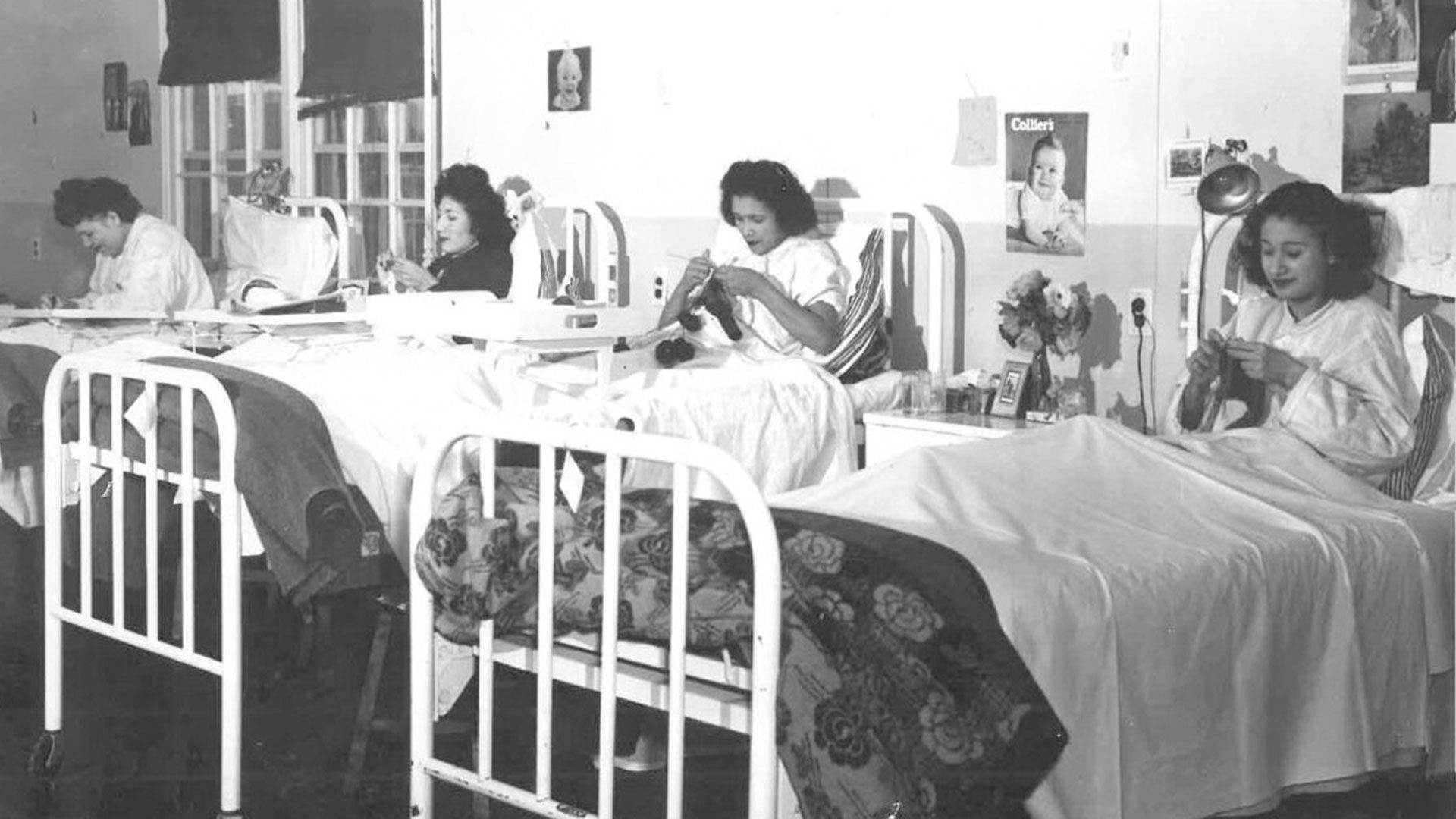At his mother’s final resting place, Billy Harper strummed a Hank Williams song to awaken her spirit.
Then, it began to pour.
“That’s the first time I said ‘mom’,” Harper said. “I talked to her, lying on her grave, I knew she listened to me. ‘Hey Mom, I’m here.’”
With family and community at his side, Harper held a memorial for his mother Fanny, who died of tuberculosis in 1948.
He was four years old when she passed.
Harper, who turns 80 this year, spent a lifetime searching for his mother’s burial site.
In February, his daughter, Sharon Little, connected with the Manitoba Indigenous Tuberculosis History Project, which helps families locate missing loved ones.
Within a week, they located Fanny’s burial site at the Brandon Municipal Cemetery. Before her passing at 27, she was likely sent to the Brandon Indian Sanitorium to be treated for tuberculosis.
“Their response was really quick, about a week, and they got all the information of my grandmother, and that’s how it started,” Little said. “I told my Dad. He was pretty in shock when I told him on the phone.”
The myth of ‘Indian TB’

On Saturday, the family travelled by plane from their home communities in the Island Lake, Man. area to hold a long-awaited memorial.
In the early 20th century, First Nations, Inuit and Métis were disproportionately affected by tuberculosis. Health officials crafted the myth of “Indian TB”, suggesting that Indigenous peoples were racially susceptible to the virus.
As a response, the federal government opened sanitoriums they called Indian Hospitals to house Indigenous patients. These hospitals were underfunded and understaffed, leading to poor living conditions and care.
When patients died, families were rarely notified of their resting place.
Project lead Mary Jane Logan McCallum and research director Kathryn Boschmann are two of several researchers on the Manitoba Indigenous Tuberculosis History Project team.
Since 2019, the project has helped dozens of families locate the resting places of loved ones who died in Indian hospitals.
But as the researchers attest, tracking down patients is no simple task.
“There are religious repositories, funeral homes and it is a really overwhelming process to begin and to even know where to start, because each avenue is a little bit different,” Boschmann said. “That’s part of the reason why the project produced the Missing Patients Research Guide.”
Read More:
New research tool to help find missing Indigenous patients in Manitoba
The project’s Missing Patients Research Guide, which is free to access online, was designed to help families begin their search.
Though the research team has expanded over the years, Logan McCallum believes the onus should be on the government to help Indigenous families access public records.
“There is no public government right now that is taking responsibility for assisting families through this process, and there is a huge demand, as we found,” Logan McCallum said. “Not just us, but probably every Indigenous organization has been approached with similar questions.”
At the memorial in Brandon, green grass grows over a row of unmarked graves–graves the researchers believe could mark the final resting places of other patients.
“I know there are a lot of people who are searching,” Harper said. “I’m hoping that the government will provide funds in the future.”
As Harper places flowers on his mother’s burial site, he hopes other families searching for lost loved ones can do the same.











